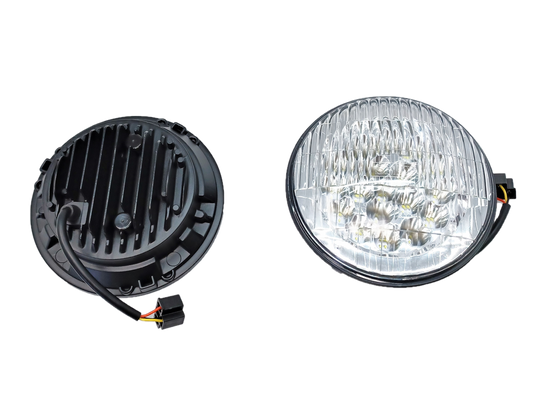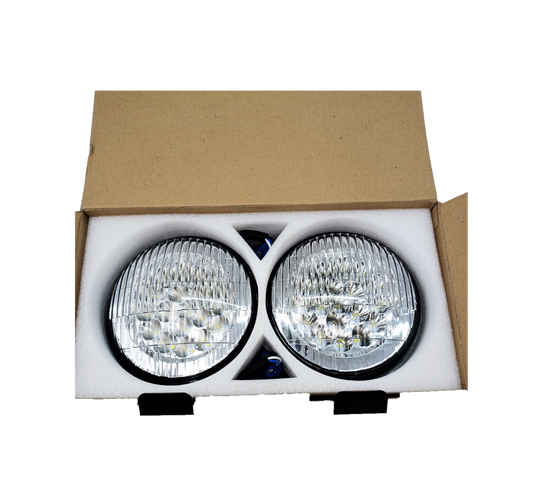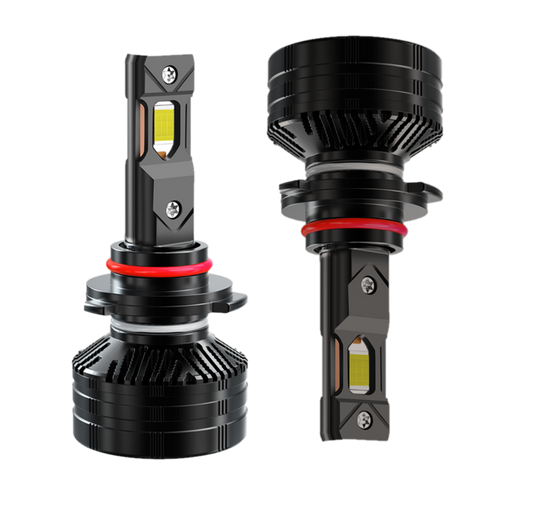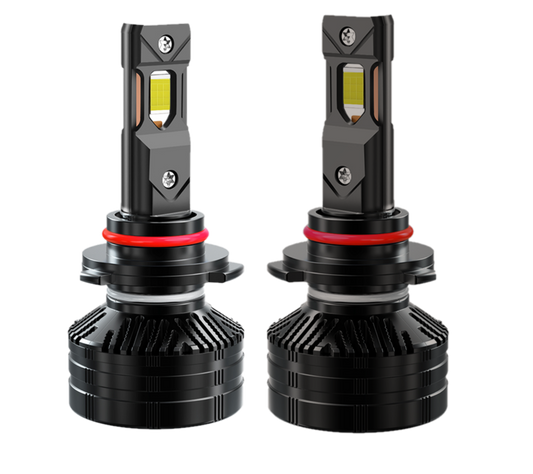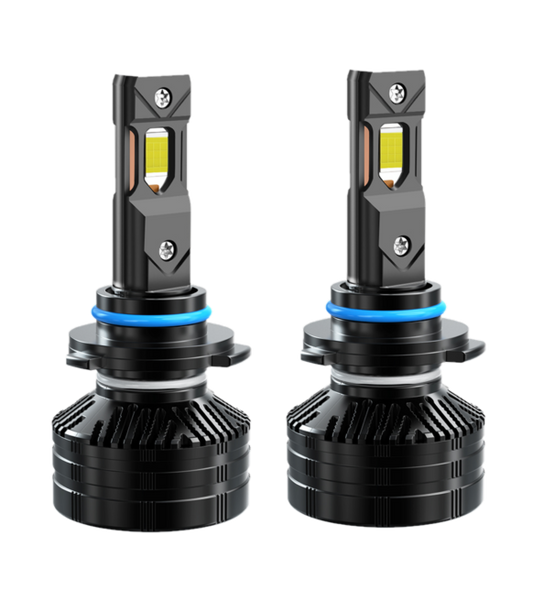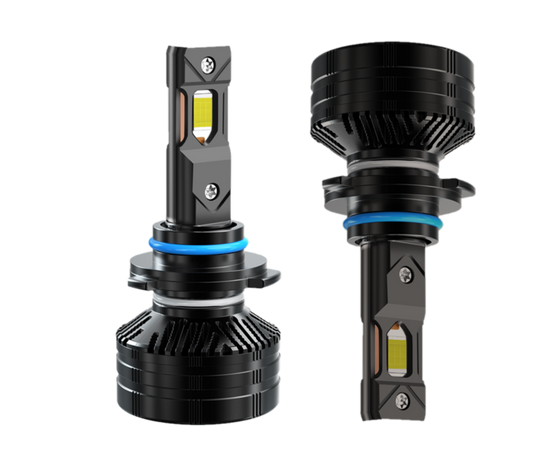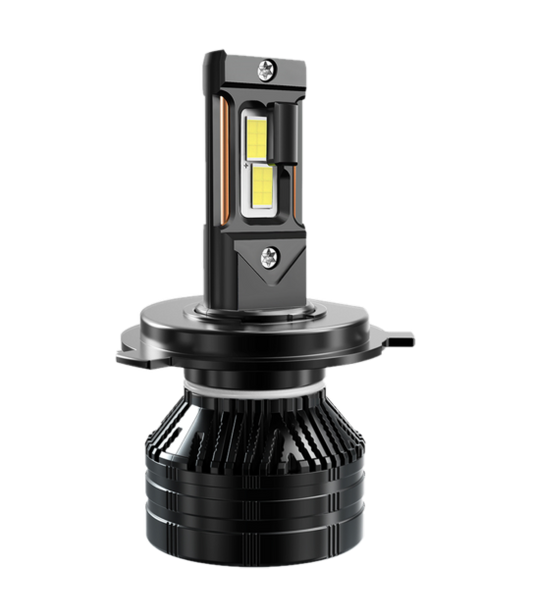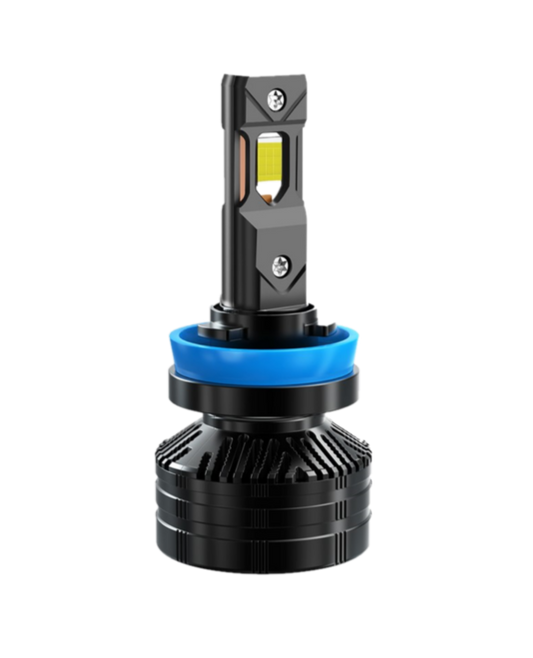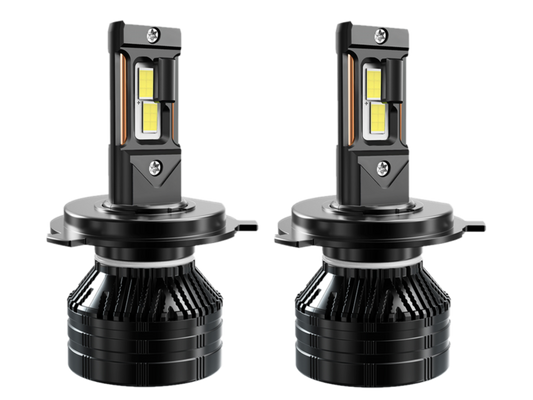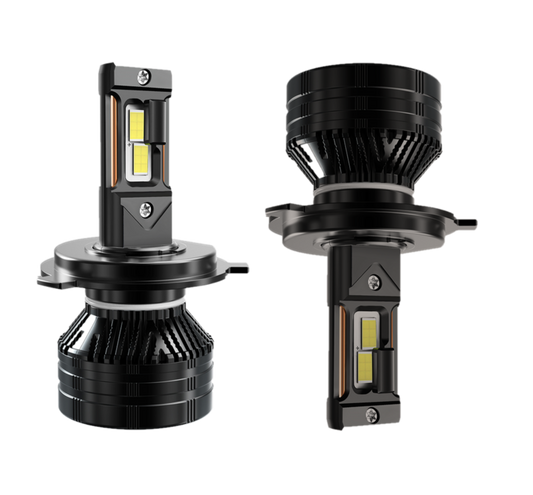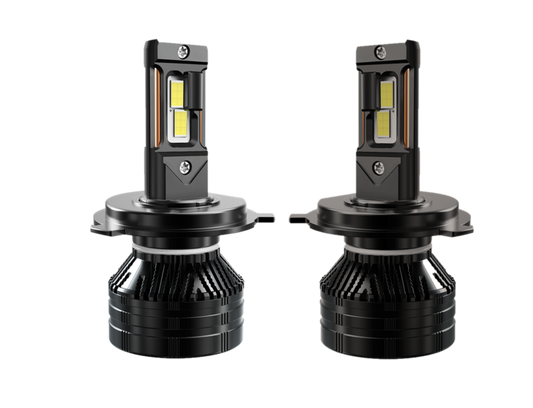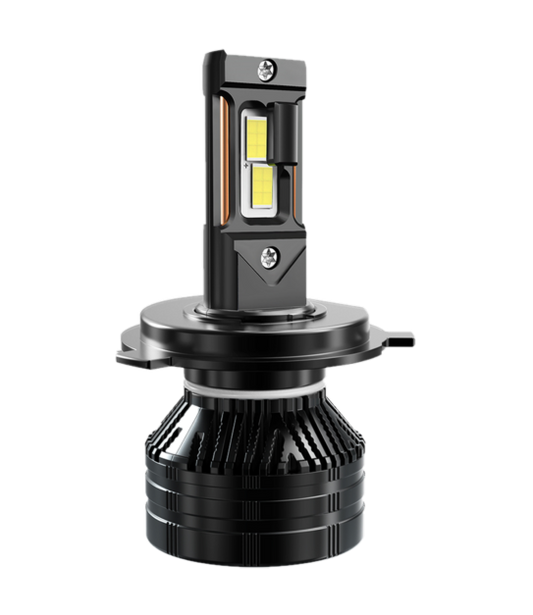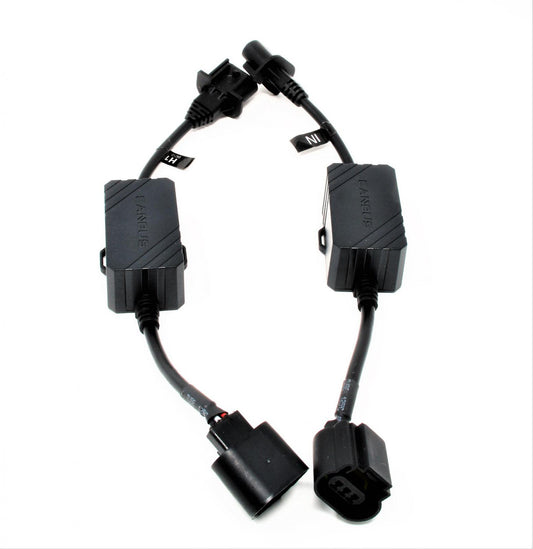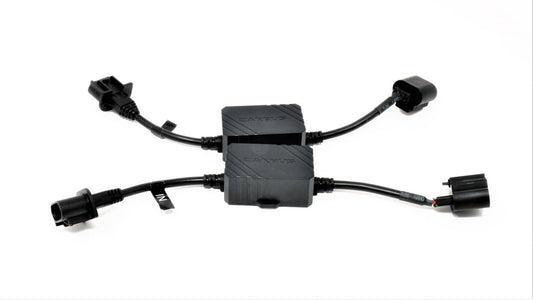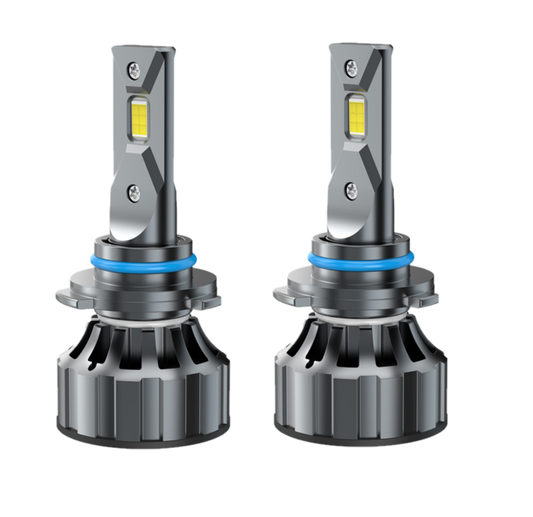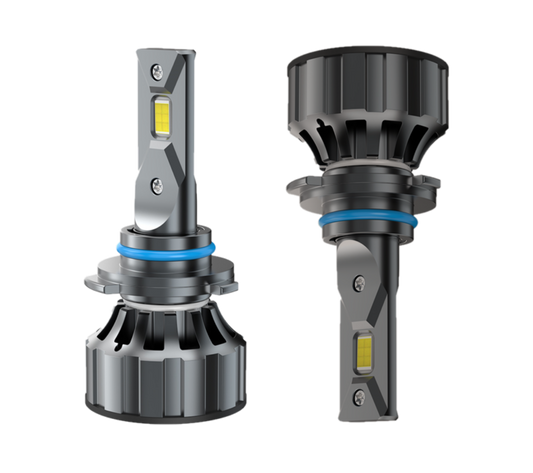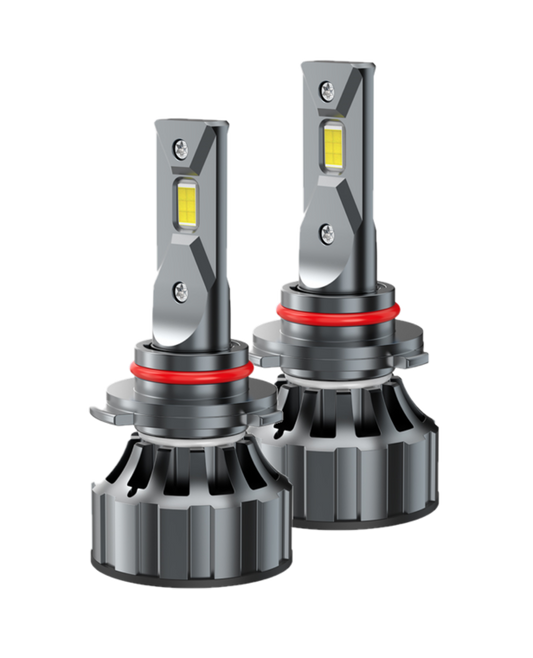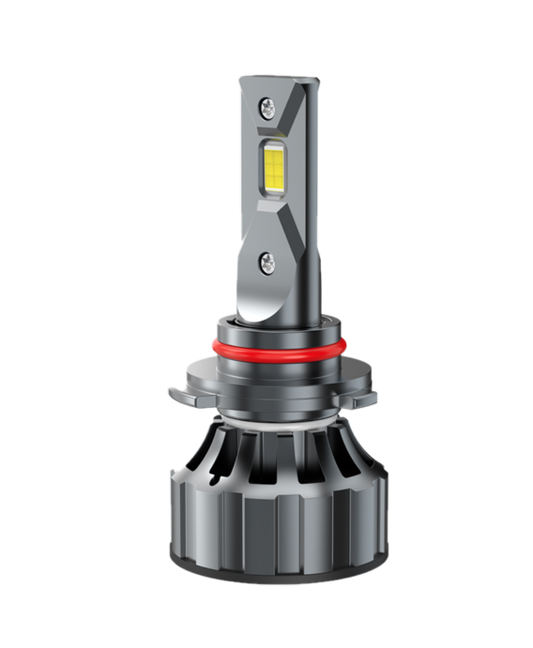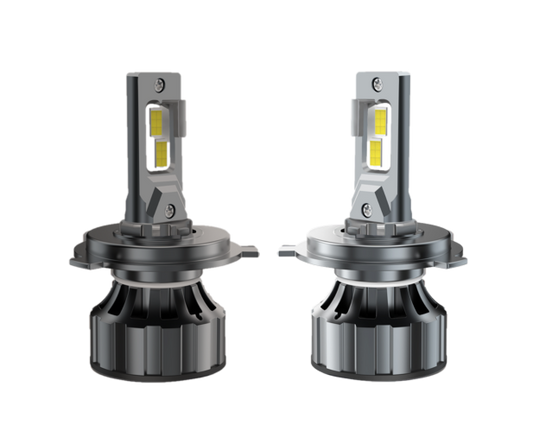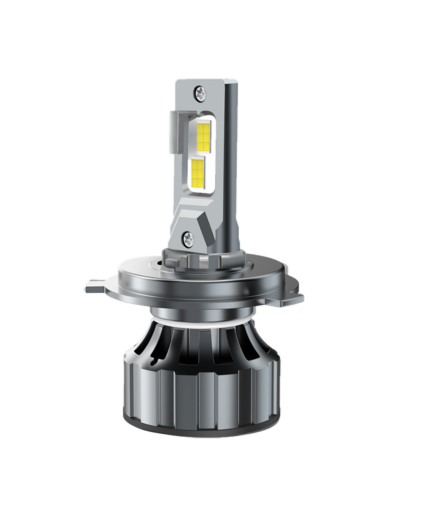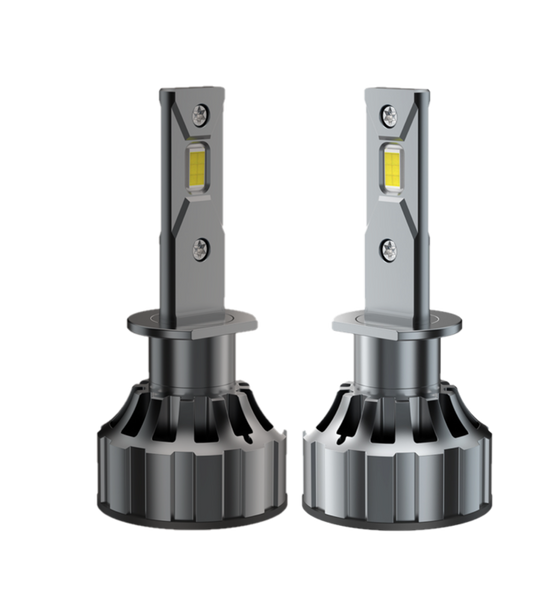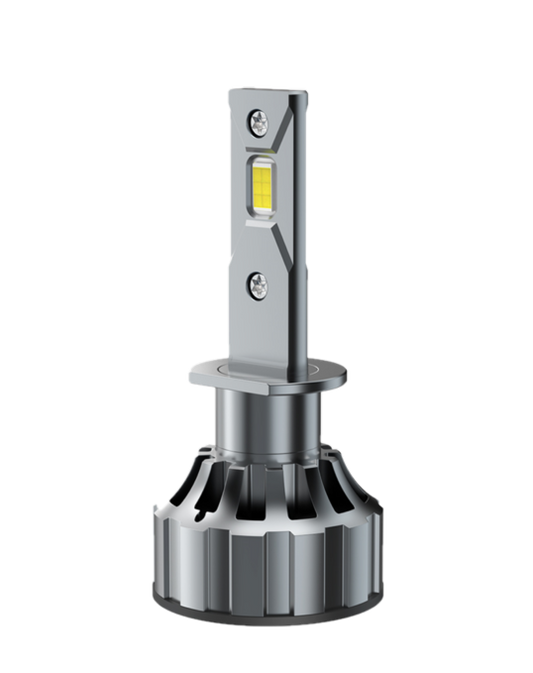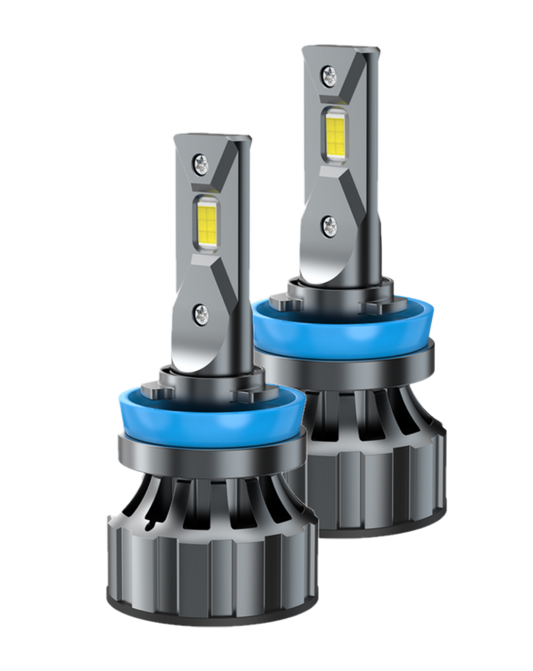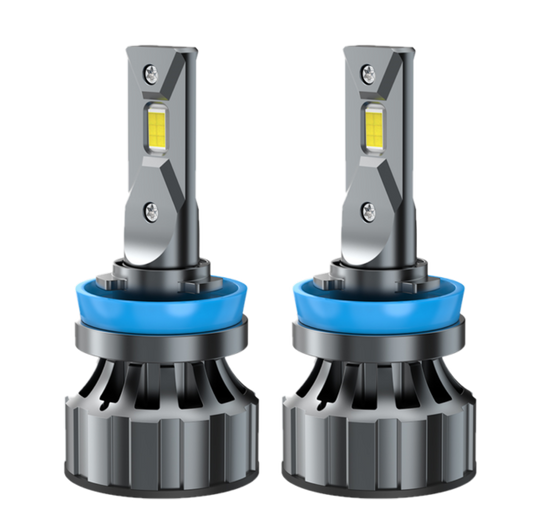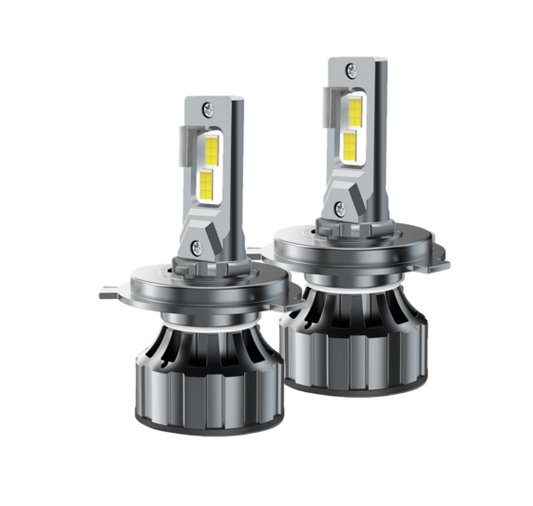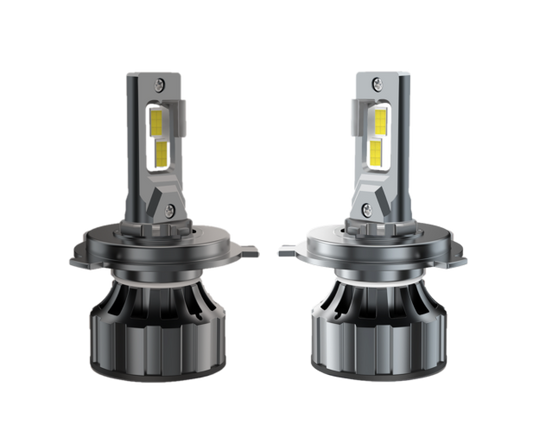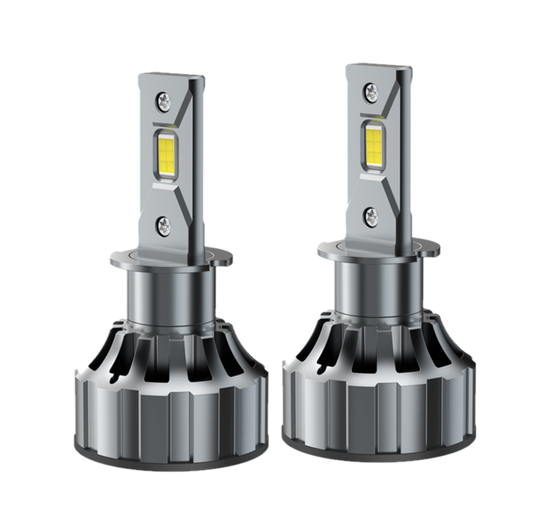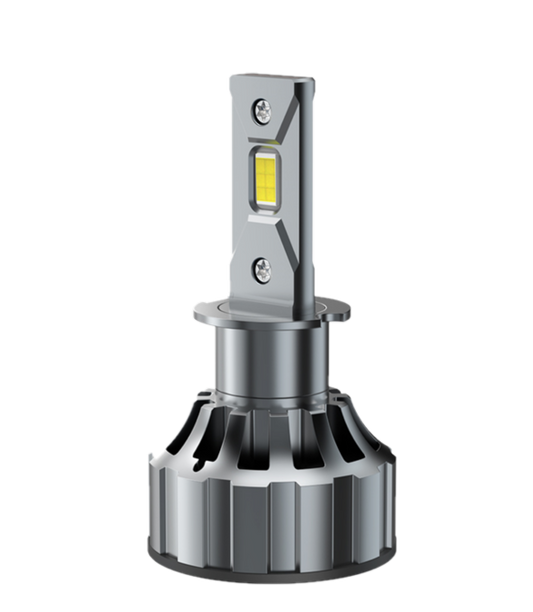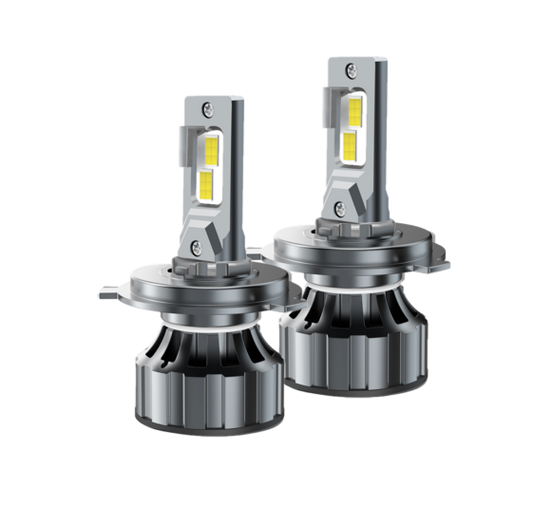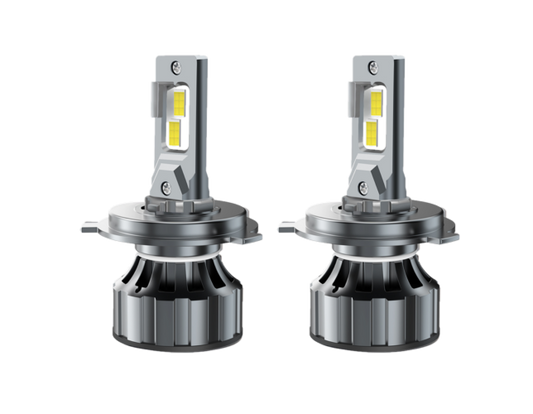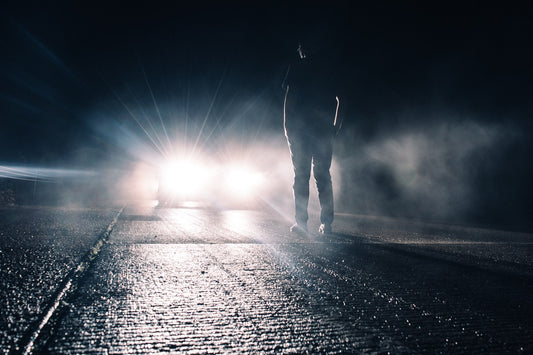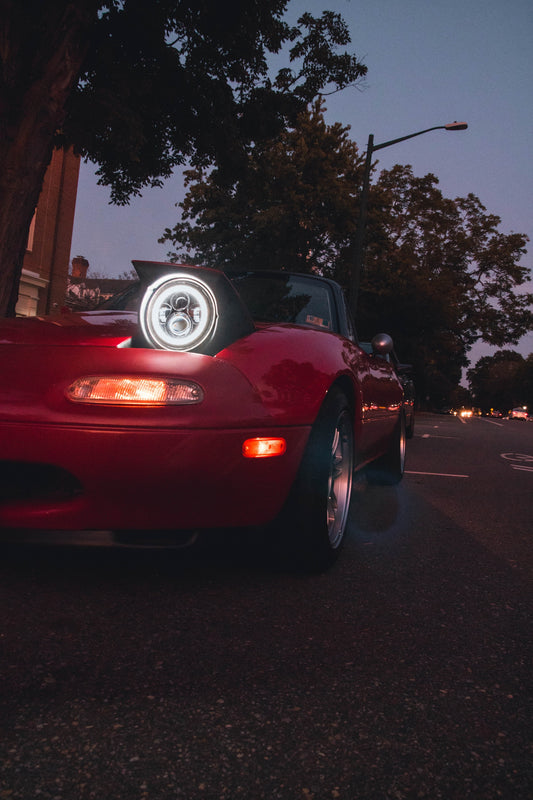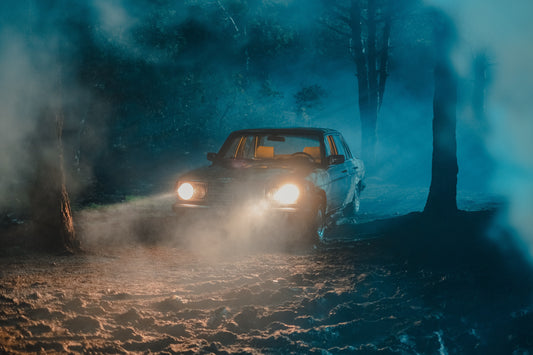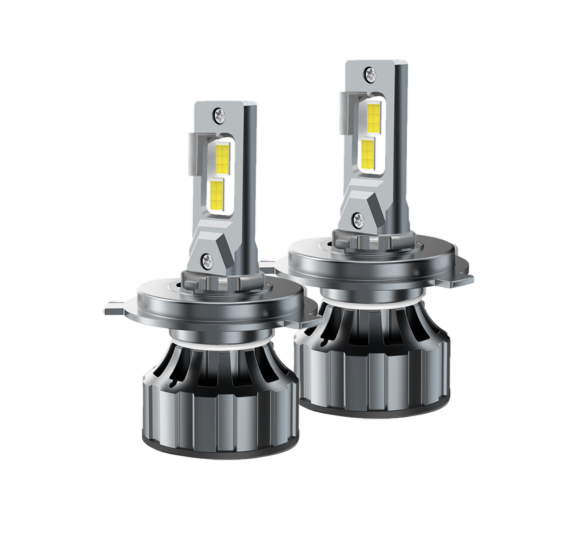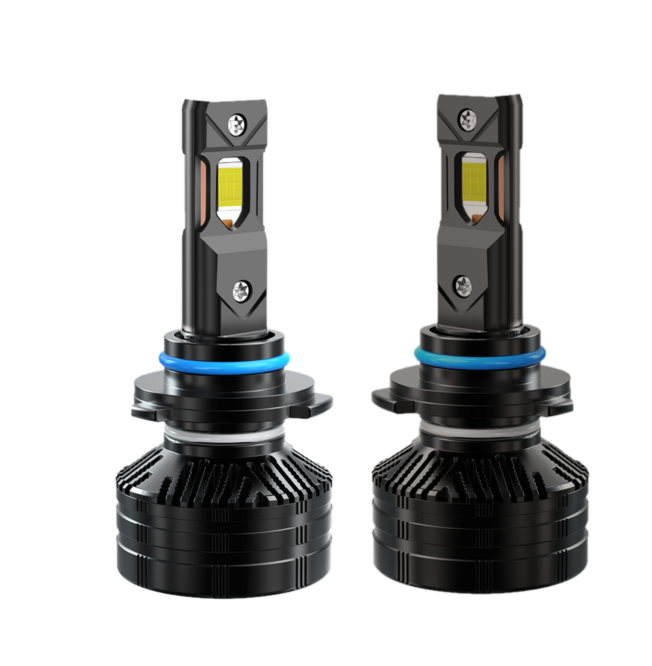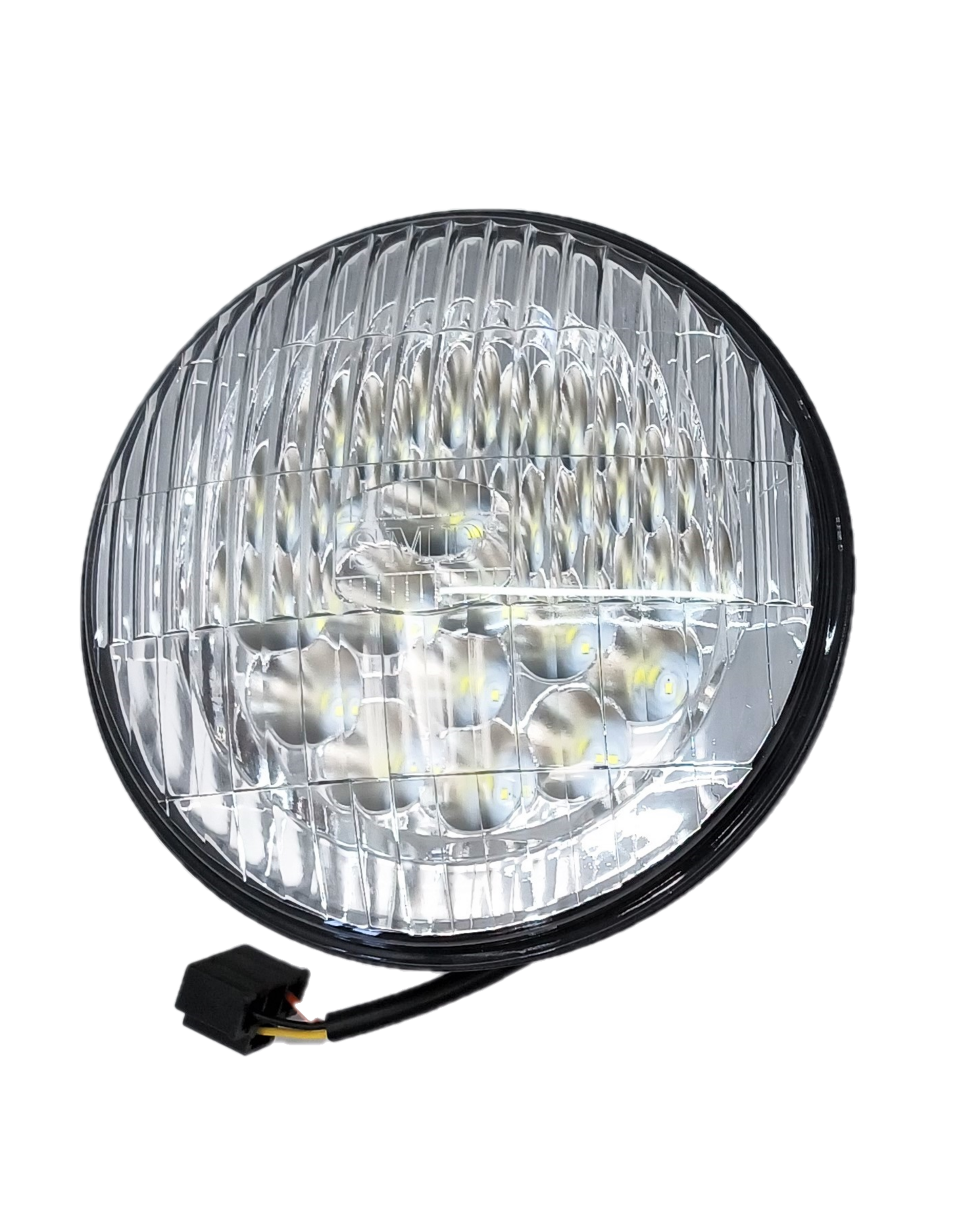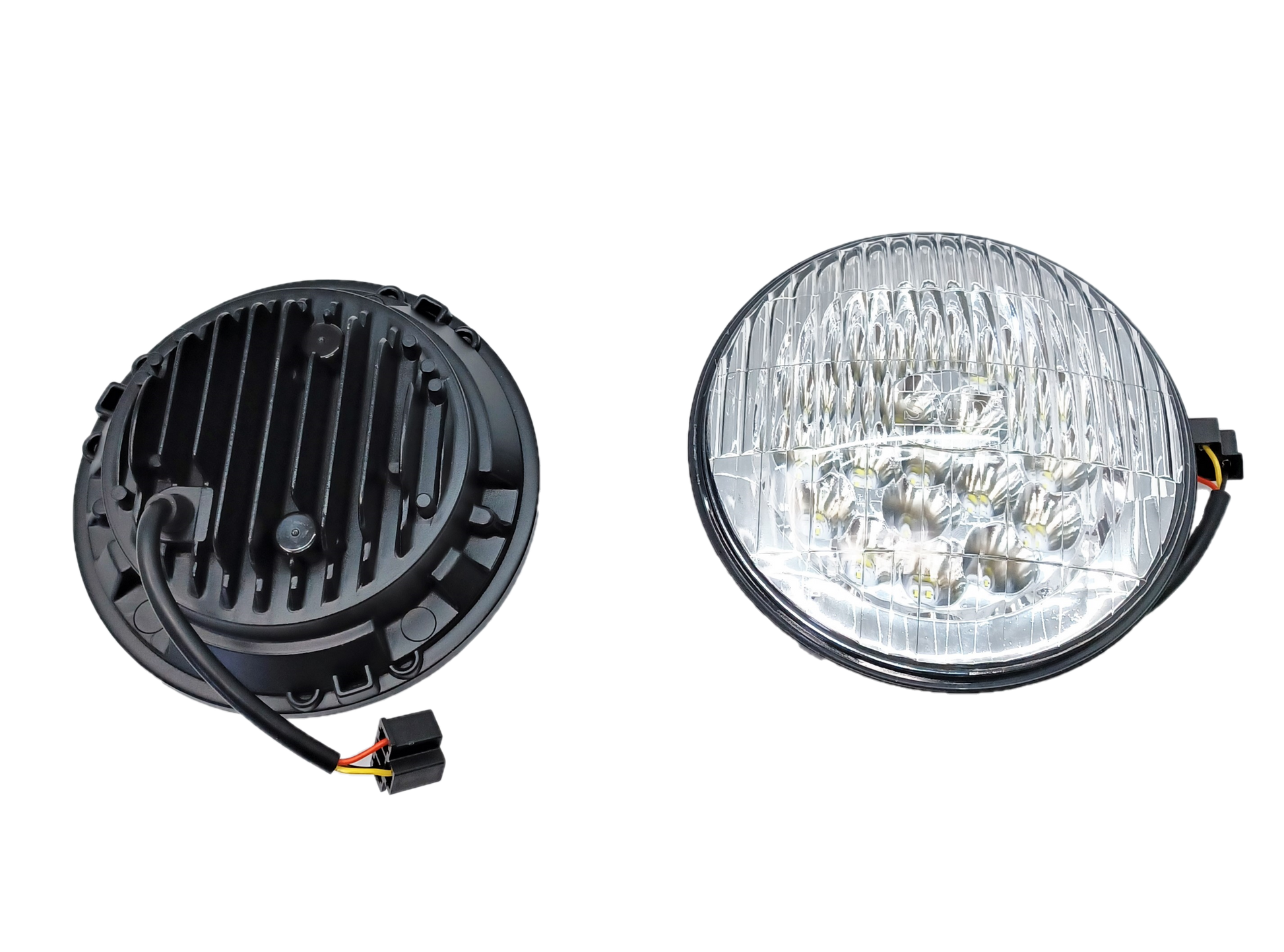
Spark headlights
7" Glass lens LED headlight
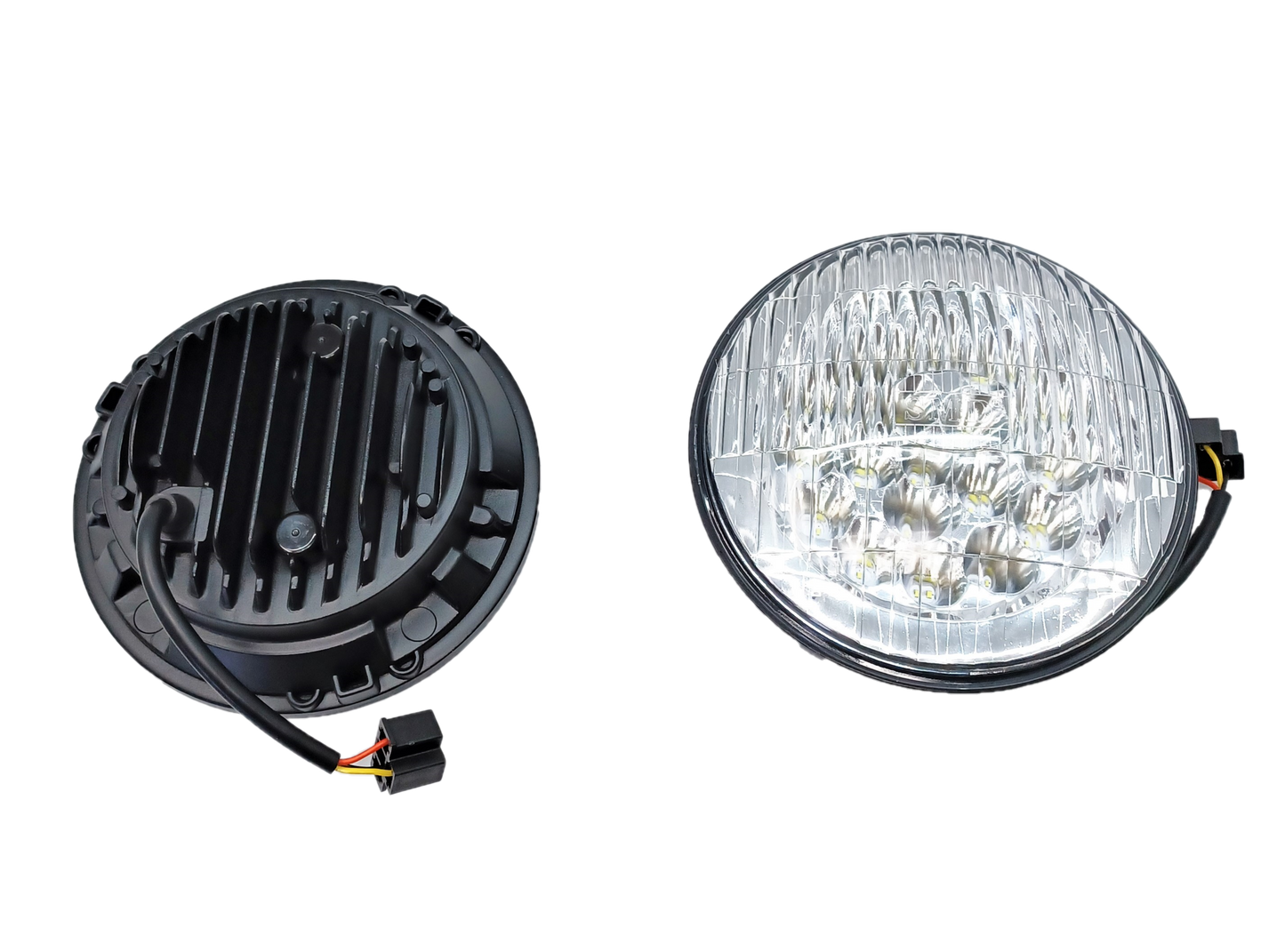
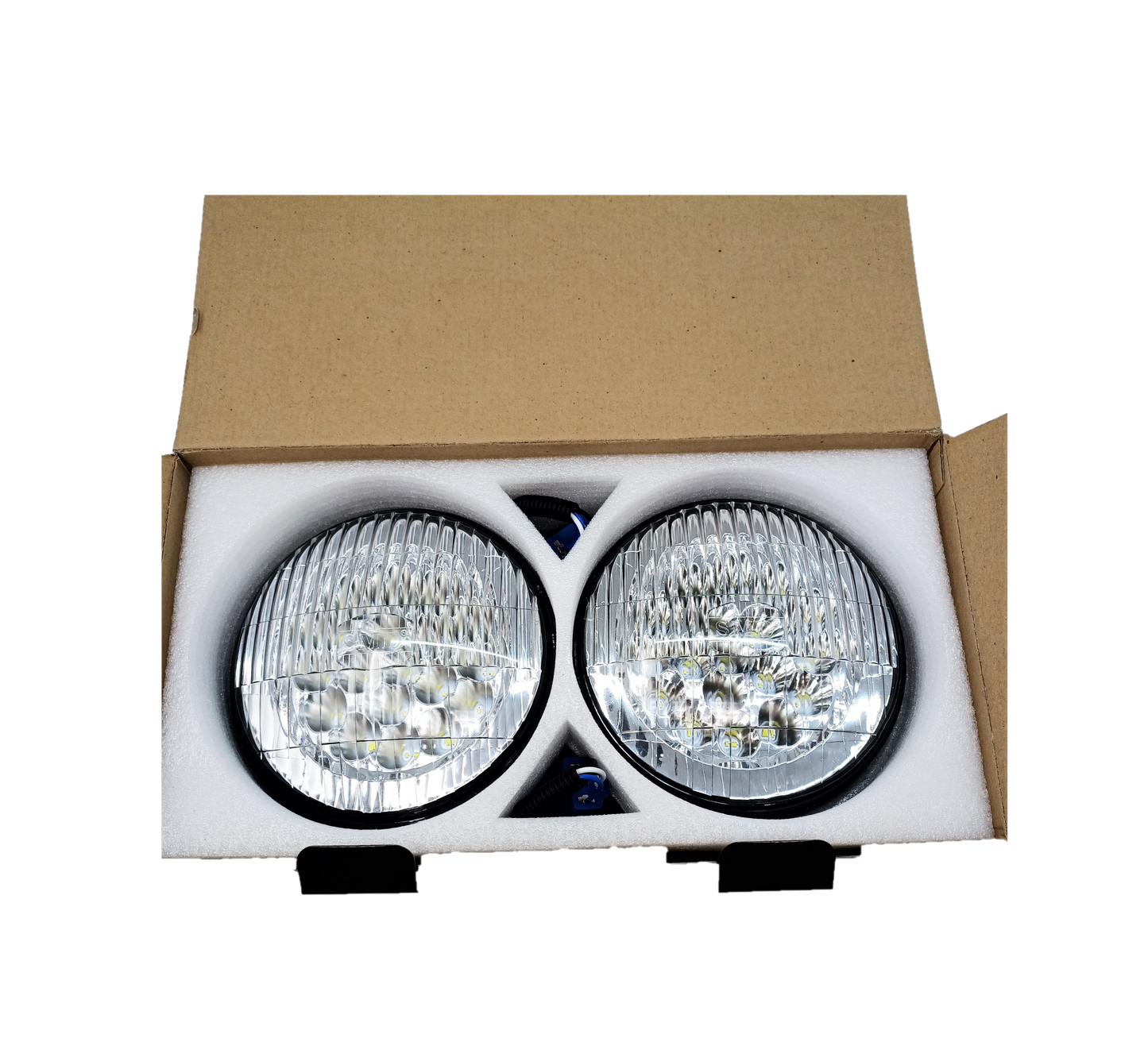
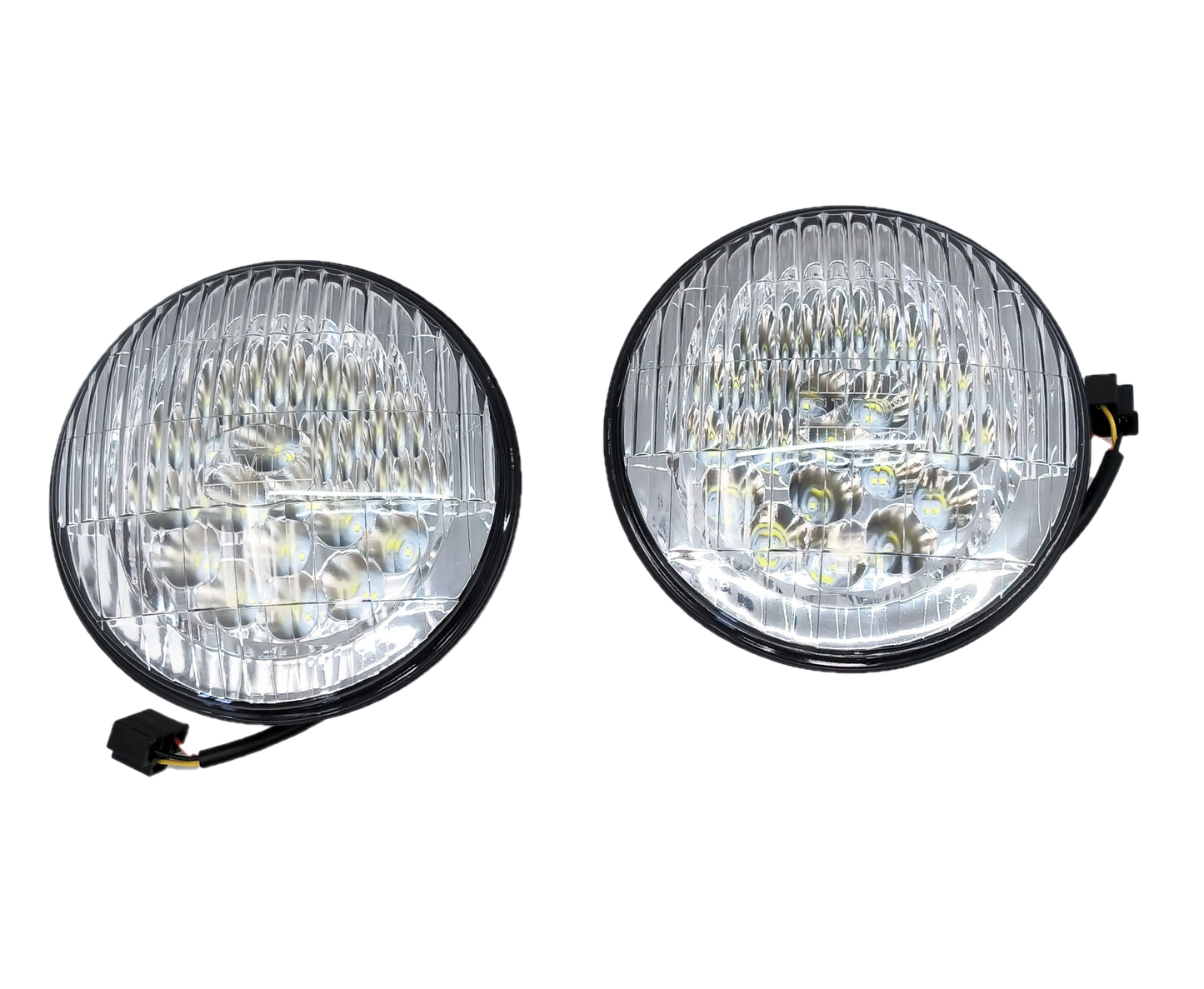

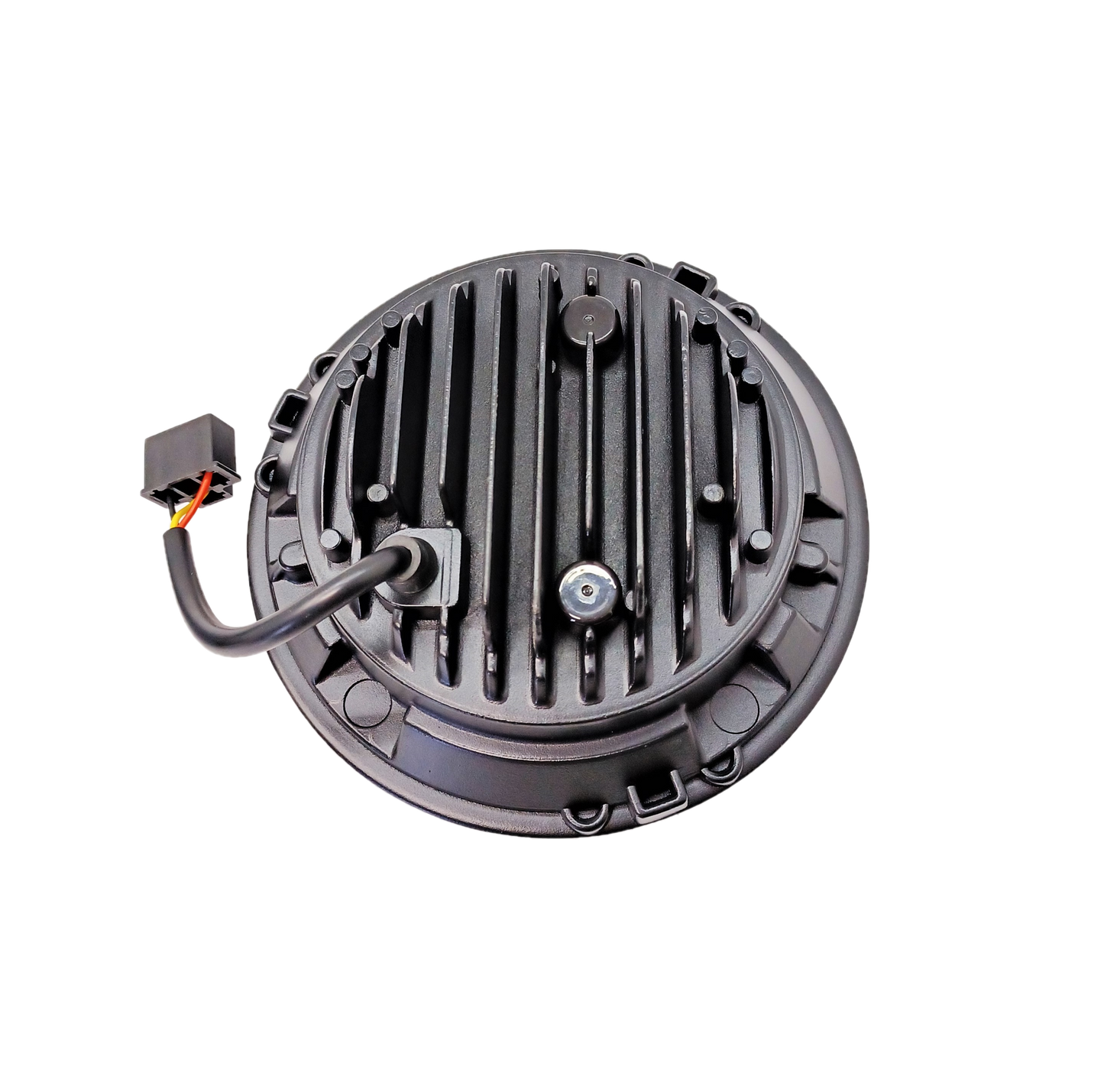
Need to know what headlight your vehicle uses?
Contact us to find out
Send us an email Info@sparkheadlights.com with the Year, Make and Model of your car to find out what headlight it takes. Or you can look at the full list of vehicles and applications here
Collapsible content
How to install my headlight bulbs
Installing headlight bulbs in cars can vary depending on the specific make and model of the vehicle. However, here is a general guide that can help you with the installation process:
1. Determine the correct bulb type: Check your vehicle's owner's manual or consult a bulb compatibility guide to identify the correct type and size of headlight bulb for your car. There are various types, such as halogen, HID (High-Intensity Discharge), and LED bulbs.
2. Gather the necessary tools: Typically, you'll need a pair of gloves, a clean cloth or towel, and possibly a screwdriver or socket wrench, depending on your car's design.
3. Locate the headlight assembly: Open the hood of your car and find the headlight assembly behind the front grille or within the engine compartment. Some cars may require removing a cover or accessing the bulb from inside the wheel well.
4. Disconnect the power: Locate the electrical connector at the back of the headlight bulb. Carefully disconnect the connector by pressing the release tab or twisting it, depending on the type of connector used.
5. Remove the old bulb: Most headlight bulbs are held in place by a retaining clip or a socket. Remove the clip by releasing it or rotate the socket counterclockwise to unlock it. Gently pull out the old bulb, being cautious not to touch the glass part with your bare hands. If you accidentally touch the glass, clean it with a cloth dampened with alcohol.
6. Install the new bulb: Take the new bulb and align the notches or tabs with the slots or holes in the socket. Insert the bulb firmly into the socket, making sure it is secure. If using a retaining clip, reattach it to hold the bulb in place.
7. Reconnect the electrical connector: Plug the electrical connector back into the new bulb until it clicks or locks into place.
8. Test the headlights: Turn on your headlights to ensure that the new bulb is functioning correctly. Verify that both low beams and high beams are working as intended.
9. Repeat for the other headlight: If necessary, repeat the above steps to replace the bulb on the other side.
10. Secure the headlight assembly: Once both bulbs are installed and tested, reassemble any covers or parts that were removed to access the headlight assembly.
Remember, these steps provide a general overview, and the process may vary depending on your specific vehicle. If you're unsure or uncomfortable with performing the installation yourself, it's always recommended to consult a professional or refer to your vehicle's service manual for detailed instructions.
LED TECHNOLOGY
LED stands for Light Emitting Diode. LED light technology is a form of solid-state lighting that uses semiconductor materials to produce light. Unlike traditional incandescent or fluorescent bulbs, LEDs do not rely on a heated filament or gas discharge to generate light. Instead, they work by passing an electric current through a specially designed semiconductor material, which causes the electrons within the material to release energy in the form of photons, producing visible light.
Advantages of LED lights
LED lights offer several advantages over traditional lighting technologies. Firstly, they are highly energy-efficient, converting a larger percentage of electrical energy into light and producing less heat in the process. This efficiency makes LEDs more environmentally friendly and cost-effective, as they consume significantly less electricity and have a longer lifespan compared to incandescent or fluorescent lights.
6000k Light color
In the context of light color, 6000K refers to a specific color temperature measurement known as "Kelvin" (K). Kelvin is a unit of measurement used to describe the color appearance of light sources, particularly for white light. It is commonly used to indicate the "coolness" or "warmness" of a light source.
In the case of 6000K, it represents a cool, bluish-white light. The color temperature scale ranges from lower values, typically around 2000K, which produce warm, yellowish light (resembling candlelight), to higher values like 6000K or above, which produce cooler, bluish light (resembling daylight or overcast skies).
The color of daytime
6000K is often associated with daylight conditions. It produces a crisp, bright light that is often used in settings where a more "daylight-like" illumination is desired. Many LED bulbs and light fixtures offer color temperature options, and 6000K is a popular choice for outdoor lighting, workspaces, and areas that require a high level of visibility or clarity, such as headlights
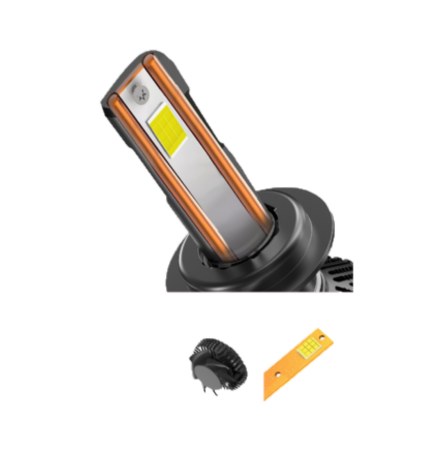
Staying Cool
Our headlight bulbs use a copper runner on each side of the copper base to extract the heat from the LED chips. The copper helps the bulb stay cool for years of trouble free use.

